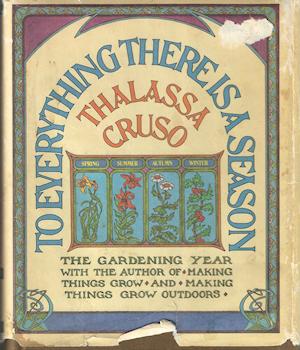Coleton Fishacre - Inside the House
Coleton Fishacre has been described as "the perfect combination of the simple architecture and high standards of craftmanship of the nineteenth century Arts and Crafts movement with the modernity of the Jazz Age." I was told that there are not that many Art Deco style houses in the UK and this is one of the few private residences that are open to the public. Among the furnishings are Lalique wall lights, an eighteenth century Venetian chandelier and a carpet designed by Marion Dorn. Most of the furniture was designed by the architect of the house, Oswald Milne. After Rowland and Freda Smith bought the house in 1949, they did not make many changes and the furnishings that they didn't use were stored. After the National Trust took over the property, they meticulously recreated the furnishings based on photographs that had appeared in Country Life magazine. The library, pictured above and below, features a celebrated wind-dial map that was created by noted mapmaker Georg...




Really enjoyed this post Phillip, thank you!
ReplyDeleteWhat an interesting book Phillip. I think I remember that woman on the Carson show. I used to watch Johnny faithfully. I might even go down that rabbit hole of youtube and try to find an episode to watch to see if I remember right. Lucky you to have found the book.
ReplyDeleteFascinating stuff! I'll try to find a video of Thalassa Cruso as you brought her to life so vividly in this post. I expect this book of hers will not be donated any time soon. You'd need to find another to part with to lighten up your collection.
ReplyDeleteLovely,inmens discovery. Thank you por posting. "Let"s not spoil it again". She was a environmentalist,too . No more wild flowers now with everything urbanized and polluted. I enjoy my wild garden. I guess she would have one ,too.
ReplyDelete